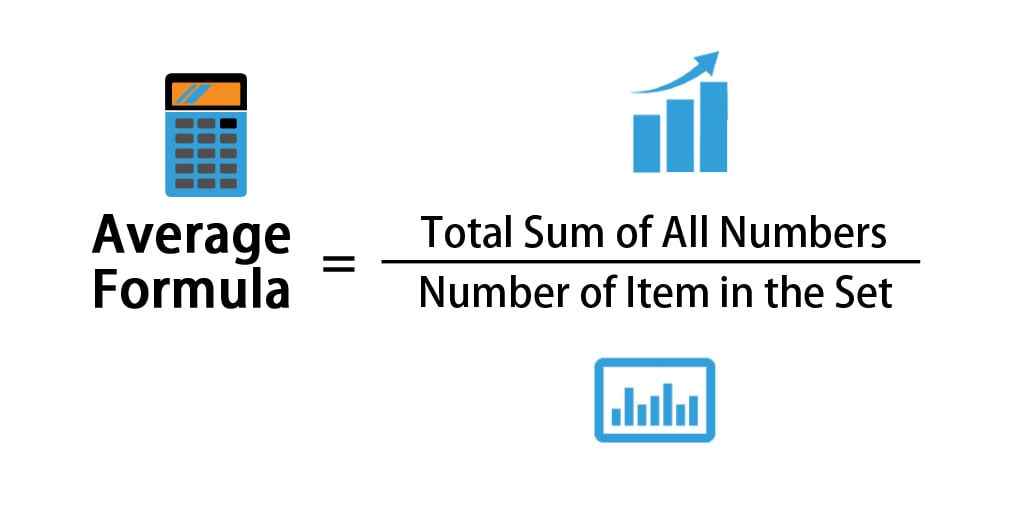When discussing the healthcare landscape, one topic that frequently arises is the Flexible Spending Account (FSA), specifically those focused on medical expenses. For individuals navigating the complexities of healthcare financing, understanding the average contribution into a Healthcare FSA can be both illuminating and perplexing. Have you ever considered how the contributions to your FSA can impact your overall financial health?
As we delve deeper into this subject, it’s essential to understand precisely what a Healthcare FSA entails. This tax-advantaged account allows employees to set aside a portion of their earnings, pre-tax, to pay for eligible medical expenses not covered by insurance. From copays to prescription medications, the scope of eligible expenses is broad. However, determining the average contribution for a Healthcare FSA can pose challenges that may vary widely from one individual to another.
The first aspect to consider is the limits set by the IRS. In 2023, the maximum contribution limit for a Healthcare FSA is $3,050, which reflects an increase from previous years. This cap is an essential factor; however, actual contributions can differ based on personal circumstances such as family size, anticipated medical expenses, and individual financial situations.
So, what is the average contribution? While the IRS sets guidance, various surveys and studies indicate that the actual average contribution hovers around $1,500 to $2,000 annually. This range tends to be ideal for individuals or families who may not have extensive medical needs but still want to benefit from the tax savings FSA offers.
However, one must ask—why do many individuals fall short of maxing out their contributions? One significant reason lies in the unpredictable nature of healthcare needs. Many employees may underestimate their future medical expenses or feel uncertain about their eligibility. It creates a dynamic where individuals may resist allocating a higher amount towards the FSA, opting instead for smaller, more manageable contributions.
Moreover, there is also the matter of “use it or lose it.” Unlike Health Savings Accounts (HSAs), which allow for funds to roll over year to year, funds in a Healthcare FSA must typically be used within the plan year or a grace period, depending on the employer’s policy. This aspect can lead to hesitancy in contributing large sums, as individuals worry about underutilizing their funds and losing hard-earned money.
An essential component of understanding average contributions includes examining the demographic trends influencing contribution patterns. Various studies highlight that younger employees tend to contribute less than their older counterparts. This trend can be attributed to a multitude of factors, including differing perspectives on healthcare needs, varying income levels, and life stages—such as new families versus established households. For instance, a young professional may contribute a modest $1,000, while a family with children often approaches or meets the maximum limit due to higher anticipated healthcare expenses.
Interestingly, employers play a critical role in shaping contribution behavior. Companies often provide educational resources and outreach to ensure employees are well-informed about their benefits. These initiatives may include informational sessions about navigating FSAs, which can ultimately foster confidence and encourage higher contributions. In this light, one might ponder: How proactive is your employer in guiding you through your healthcare benefits?
Nevertheless, some may find themselves grappling with another challenge—the unpredictability of healthcare costs. Despite the advantages of pre-tax contributions, individuals might remain skeptical due to experiences with unexpected medical bills. The interplay of coverage intricacies can lead to a cautious approach when making contributions, as many are uncertain of their ultimate need. This skepticism can stifle ambition regarding FSA funding.
To further complicate matters, annual fluctuations in medical policies, treatment costs, and technological advances in healthcare can influence predicted expenses. For instance, innovations in telemedicine or alternative therapies may alter expected healthcare spending, complicating a reliable forecast for FSA contributions.
Adding to this complexity is the integration of healthcare technology. Many FSA administrators now offer mobile applications that can facilitate tracking contributions and expenditures. Such advancements can empower individuals to plan better, refining how they perceive contributions and utilization. Yet, while technology has made navigating healthcare expenses more accessible, the challenge remains: Are you fully capitalizing on the advantages that a Healthcare FSA offers?
Ultimately, as individuals consider their contributions to a Healthcare FSA, reflecting on personal habits, needs, and expected shifts in healthcare can provide a clearer picture. The average contribution is influenced by an array of factors, including income levels, personal healthcare experiences, family structure, and employer guidance. Assessing these elements can lead to more informed decisions, maximizing the tax benefits afforded to FSA holders.
In conclusion, while the average contribution into a Healthcare FSA can offer a benchmark, it remains crucial for individuals to assess their unique healthcare needs and financial circumstances. Equipping oneself with knowledge about contributions and usage, coupled with a keen understanding of one’s healthcare obligations, can pave the way for more strategic financial planning in the healthcare domain. Are you ready to tackle the challenges and make the most out of your Flexible Spending Account?
